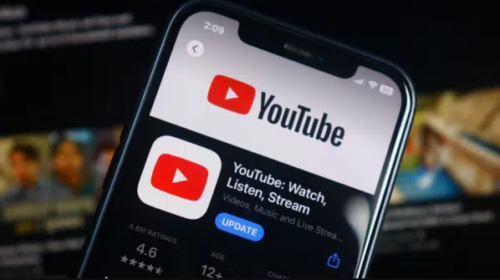How To Leverage The New Facebook Platform
The big news in social media last week was when Facebook announced the launch of Facebook Platform, which opens their API to allow third parties to build applications within Facebook. This means that companies now have instant access to Facebook’s twenty-four million members. And, even better, applications developed for the Facebook Platform can serve their […]
This means that companies now have instant access to Facebook’s twenty-four million members. And, even better, applications developed for the Facebook Platform can serve their own ads or conduct transactions with consumers as long as they don’t interfere with the ads currently being served on Facebook.
This is great news for marketers that are trying to make their products useful in the social media space. There is however the risk that many marketers will fail in their attempts, as there is no room for push marketing in this new environment.
Build something useful. The bottom line is that the only applications that will be successful are the ones that are useful or provide value to Facebook users. If an application doesn’t provide value then no one is going to use it, and if no one uses it, it won’t spread.
Everything is viral. In just the few days that the Facebook Platform has been open we can already see the enormous potential for applications going viral. The most popular application has been the one offered by iLike which has gone from 1,000 users on Friday morning to over 180,000 by Saturday night and over 300,000 by Sunday morning. iLike’s infrastructure can’t even keep up with the demand and has led to them having to search for more servers.
So what makes an application go viral? It is essentially a snowball effect. Because your friends can see what applications you add within their news feeds, anytime someone adds an application it will be exposed to their entire friend base. So by adding an application you are essentially endorsing it and your friends are more likely to check it out. The more popular applications also have the advantage of showing up at the top of the list on the applications page thus exposing it to even more people.
Build apps that make sense. The most important thing is to build applications that make sense on a social network. This means that the applications should be social. People are on there because they want to socialize and either make new connections or strengthen existing ones. The applications that will be the big winners are the ones that will facilitate this. Not many people will be interested in applications that they can only use by themselves.
Let your existing users know. Although I said that there is no room for push marketing I do see one slight opportunity. That is to let your users know about your applications using your existing property. This can bring awareness where there might otherwise not be any. Announce it on your blog, put a link on your site, or include in it your next email newsletter. Whatever channel you use to communicate with your existing user base is what you should use to let them know about your new app on Facebook.
Communicate and help. There are a number of ways that communication can help your application succeed. The first is to provide support. If users are complaining that your application is broken or something is working incorrectly for them, either fix the problem or help them understand how to make it work. Second, ask for their feedback and ideas to improve your application. There’s a good chance that they can think of many ways to make your application more useful that you may not otherwise think of. Be open to communication and take advantage of the help and feedback from the community.
Because the Facebook Platform is so new we are only able to scratch the surface at this point of what works and what doesn’t. There are sure to be many interesting and innovative ways to market on Facebook in the future. Can you think of any? If so, please leave a comment.
Cameron Olthuis is director of marketing and design for ACS and writes regularly on social media issues through the company’s blog, Pronet Advertising. The Let’s Get Social column appears Tuesdays at Search Engine Land.





